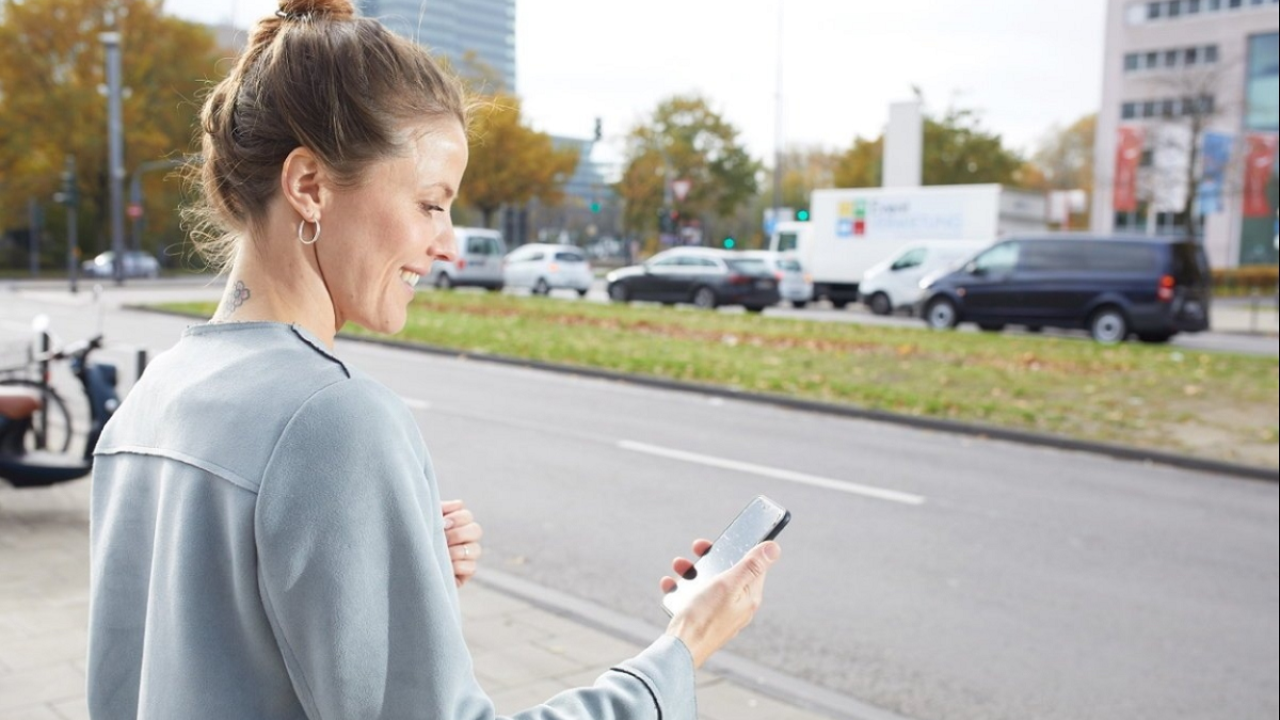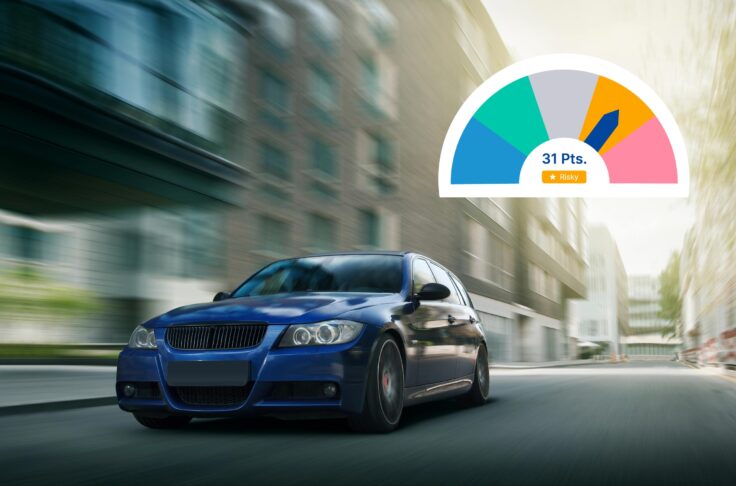Shared Mobility is Stronger with More Options
Summary
Why is it better to have more options within shared mobility? Despite concerns about mobility saturation, consumers benefit when they are given a wide variety of choices to meet different transportation needs. Download our e-paper to learn more.

The car was for a long time, and for many people still is, a guarantee of freedom. But the development of the multi-faceted new mobility landscape gives urban dwellers a wide variety of shared mobility options. Ownership has become more of an option instead of a necessity for users who want and/or need to use individual transport options. The innovations of the past three decades are offering a new freedom, from stationary car sharing to free floating kick scooter sharing.
Customer base overlaps across shared mobility niches
Shared mobility services have become a very present option for urban dwellers. The German social scientist and mobility researcher Prof. Dr. Andreas Knie speaks of a ‘shared mobility ecotope’, referring to a well-balanced combination of smaller sharing niches.2 Within this ecotope, different vehicle modes are competing for customers: car, moped, bike and kick scooter. In fact, a first glimpse at the topic would show overlappings between the user base of different vehicle-type operators. 3 For example, in Berlin, where Car2go launched its local free-floating carsharing scheme in 2012, and the first moped sharing operator emmy (formerly: eMio) opened its service in 2015, the amount of customers which are registered for both vehicle sharing services has been very high from the beginning.
You want more?
Get the e-Paper now!


